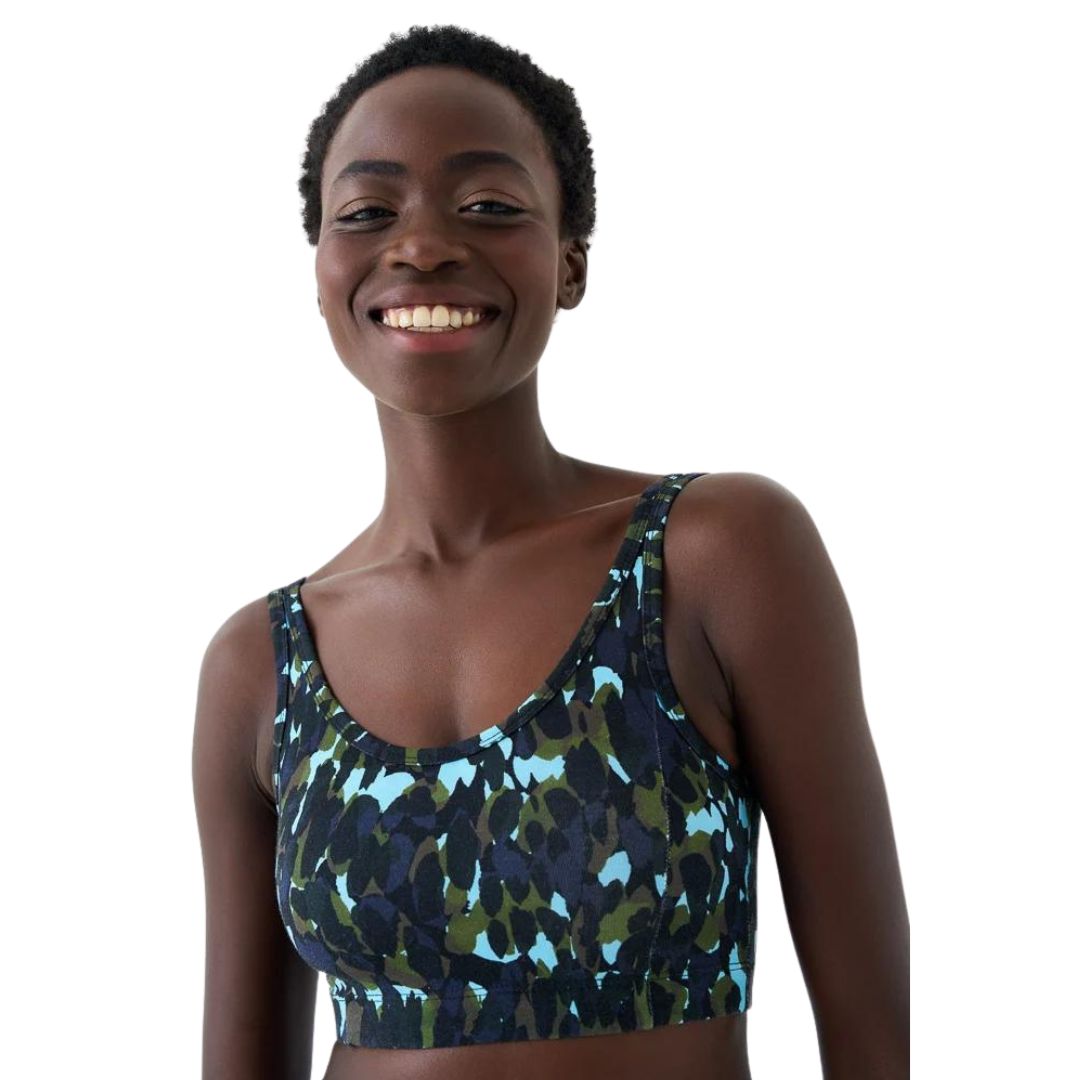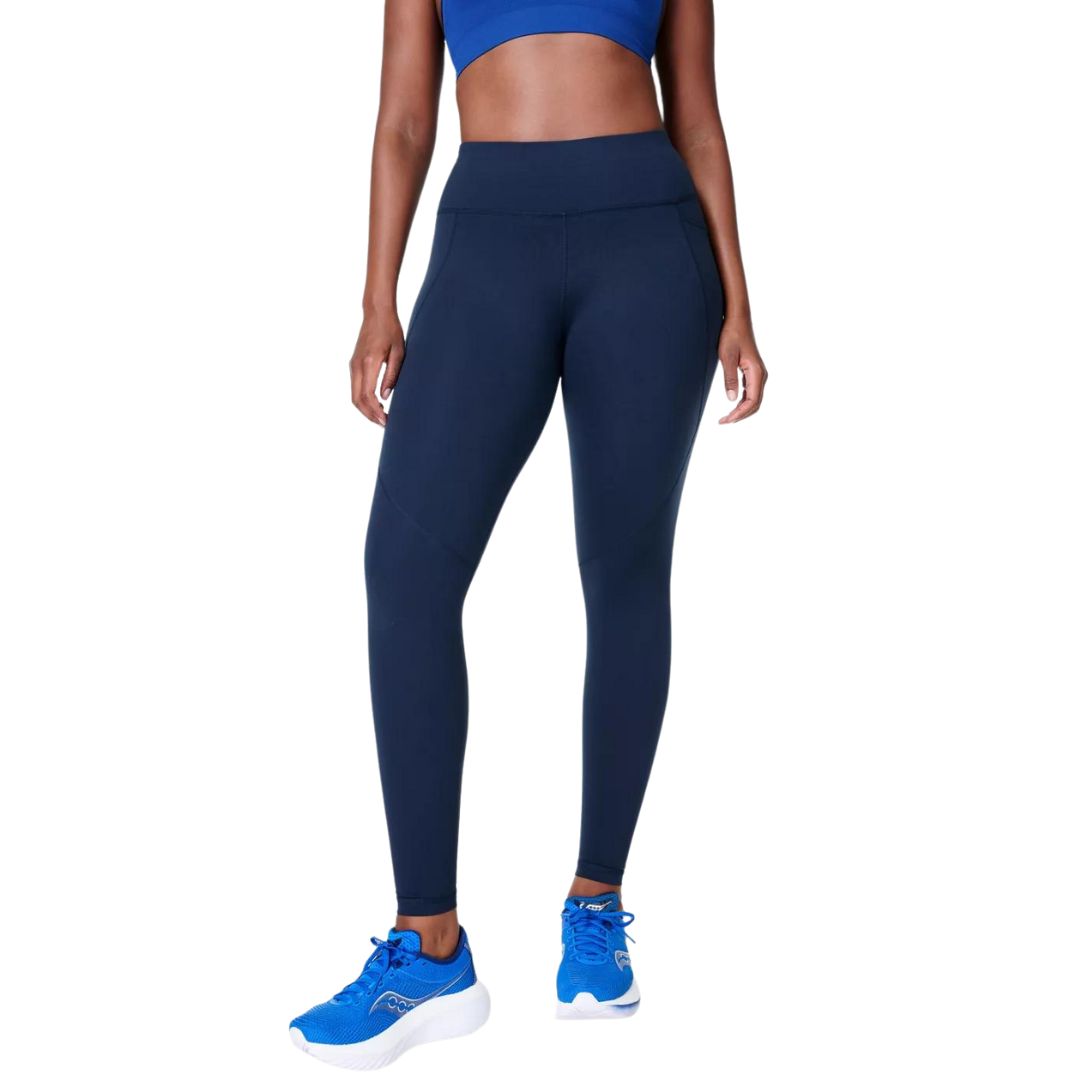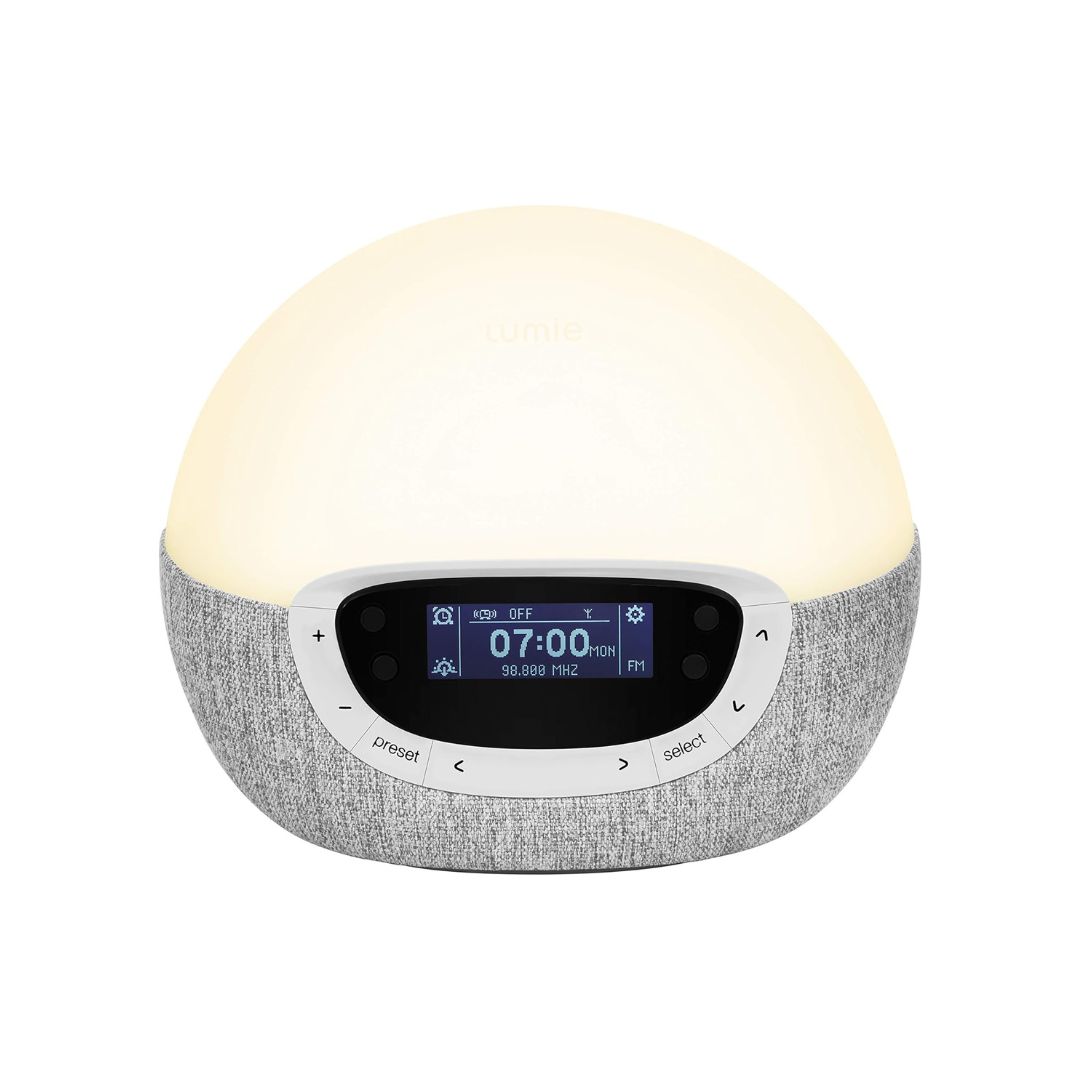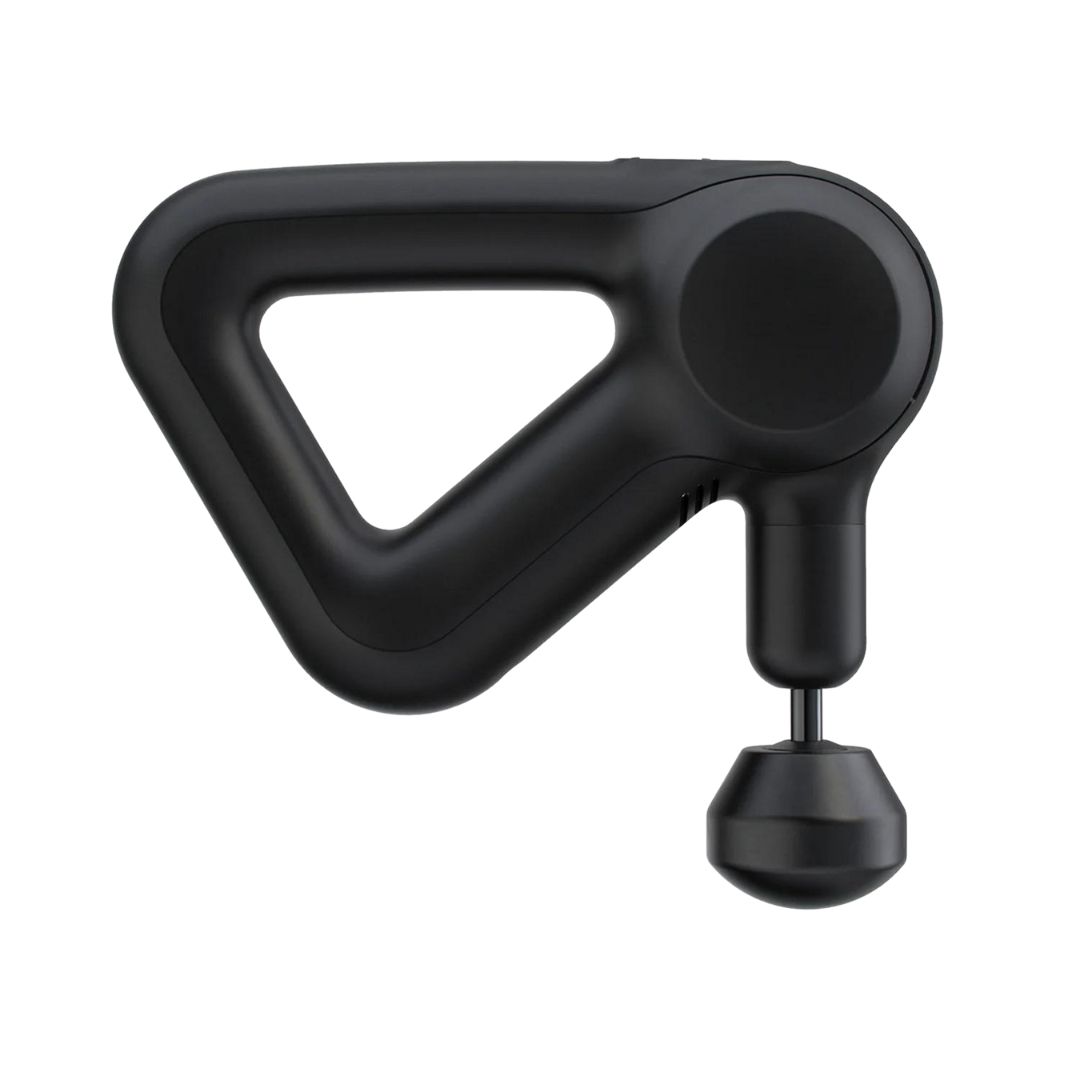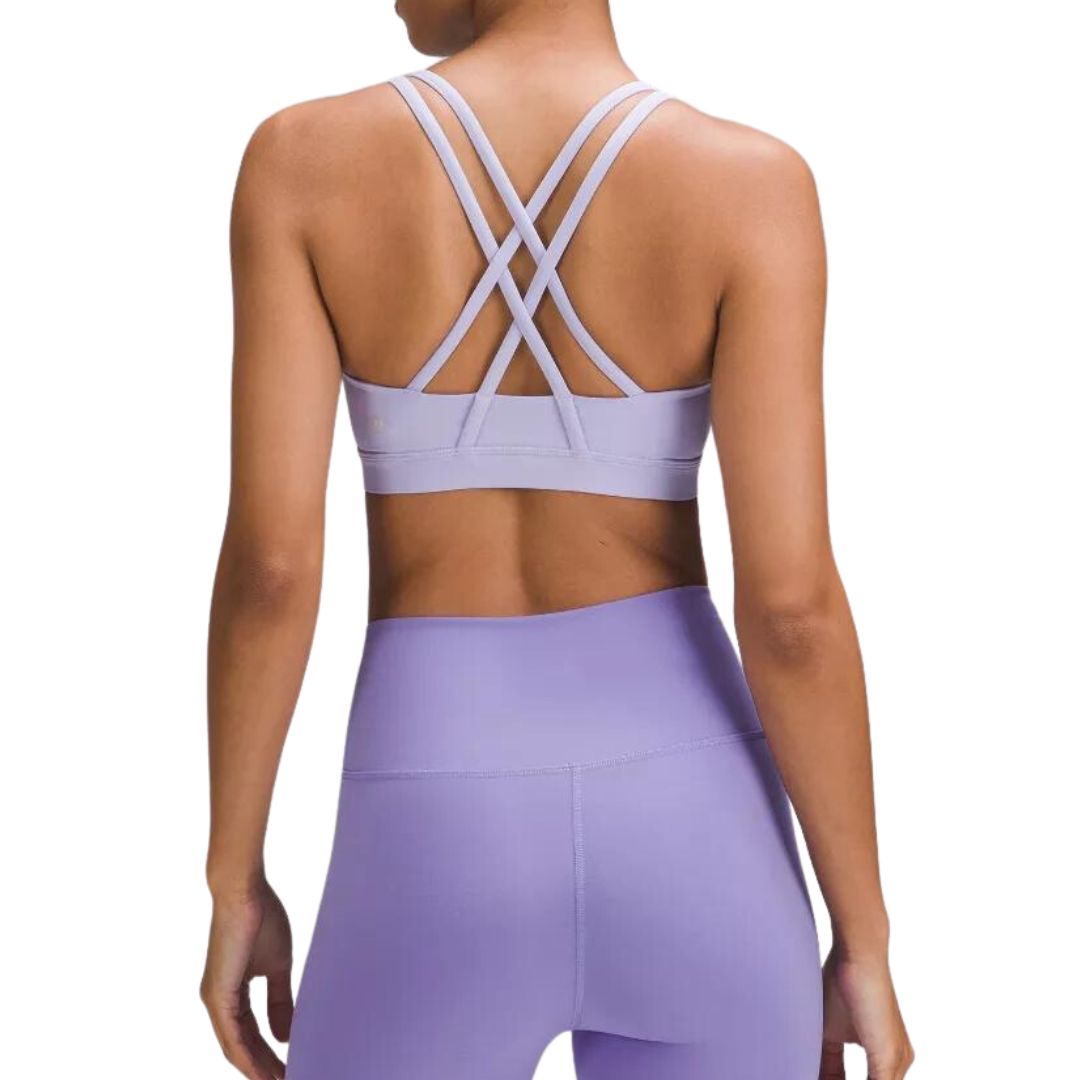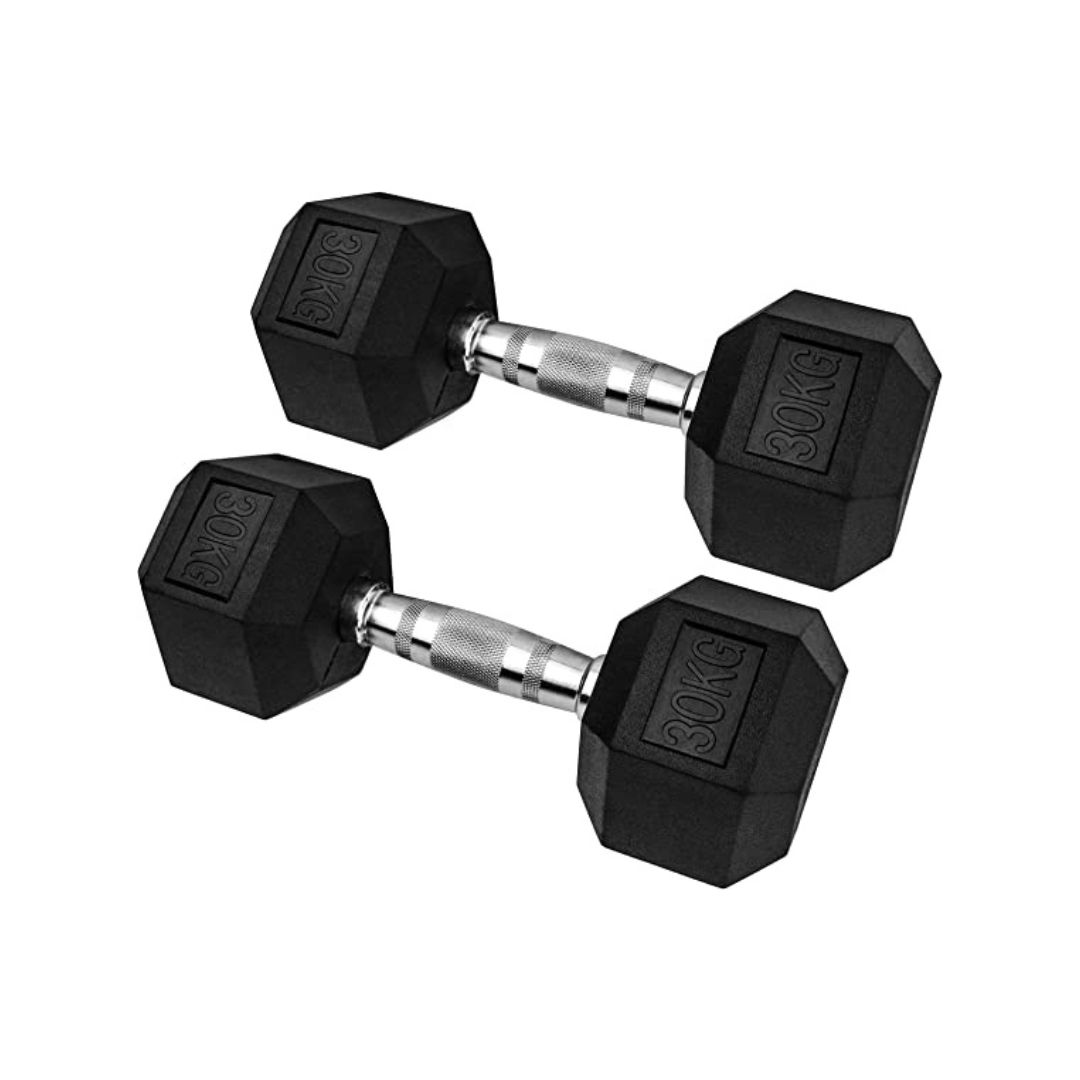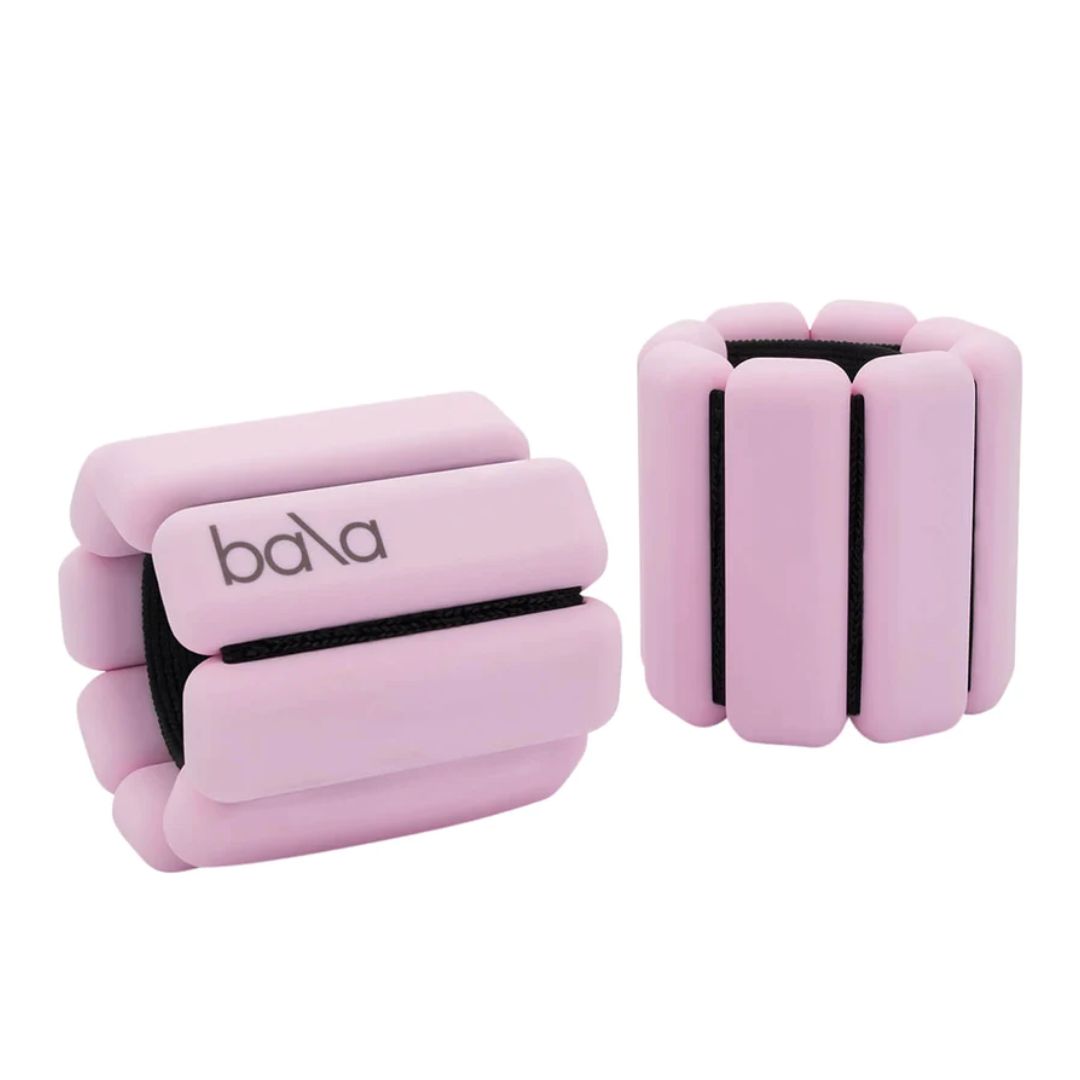I'm a personal trainer who swapped hour-long gym workouts for short home sessions - and the results have surprised me
Short on time? This one's for you.


I know I'm not alone when I say that, come Autumn, I struggle to be consistent with my gym routine. Whether it’s the wet and chilly weather or the dark evenings, the drive I had to train in the gym in summer has, along with the temperature, dramatically declined - which is why I started researching the difference in home vs gym workouts.
While the verdict's still out on whether home workouts are as effective as home workouts (PT's seem to be divided across the board), one thing's for certain: more people than ever are opting for home sweat sessions post-pandemic. They're affordable, time-efficient, and help you avoid gym anxiety altogether as you're working out from the comfort of your own home. What's not to love?
Back to my current lack of motivation. It’s not that I don’t want to workout – movement, you all know, is incredibly important for everything from physical health to reducing your risk of developing life-threatening illnesses, such as heart disease, to stress management and improved sleep. Plus, I actually enjoy it. It’s just that, going to the gym seems to require a hell of a lot more effort, consideration and preparation at this time of the year than any other, and between work and social commitments, I find it hard to commit regularly.
So, this year, instead of forcing myself, I let my gym membership expire and decided to do home workouts from the comfort of my living room, instead. My only goal at the moment is to move for my mental and physical wellbeing – I’m not working towards any PBs, simply trying to keep active – which made this transition much more straightforward.
Here, I’ve listed how I found switching gym workouts for home sweat sessions, plus five important things I’ve learned along the way that may help you to embrace exercising at home (if you want to), too. Don't miss our guides to simple home workouts, full body home workouts, and home workouts that build muscle, while you're here.
Torn between home vs gym workouts? 5 things I learned swapping in studio for home sessions
Your need-to-knows, before I dive in. For my home workouts, I used a 16kg kettlebell for things like single-leg deadlifts and swings, a 10kg dumbbell - my go-to for upper body press exercises - and a lighter 8kg kettlebell, which is helpful for moves such as windmills and Turkish get-ups.
Truth be told: there was little structure to my training routine. While this is something that I, as someone with a personal trainer qualification, would usually advise against (random training equals random results, after all), I’ve been focusing on seeking enjoyment in exercise and allowing myself the flexibility to devise sessions based on what I feel like doing on the day.
Celebrity news, beauty, fashion advice, and fascinating features, delivered straight to your inbox!
That said, my at-home workouts were almost always full-body, included compound exercises (which recruit multiple major muscle groups), and featured both push and pull movements.
1. It’s an opportunity to get creative with your workouts
Most personal trainers worth their weight will tell you that, in many cases, it doesn’t matter which specific exercises you’re doing – what’s more important is that you’re engaging the muscle groups and drilling the movement patterns required to reach your goals.
Take squats, for example – a compound exercise which recruits multiple muscle groups, but predominantly targets the quads, glutes and hamstrings. If you want to increase strength in the lower body, you can incorporate barbell back squats into your routine. However, you could do front squats, goblet squats or box squats instead, if those work better for your body and your circumstances.
At home, I don’t have the luxury of ample equipment, so things like barbell deadlifts are off the table. This has meant that I’ve had to be a little creative where managing the intensity of my workouts is concerned. I’ve explored exercise variations I’d be less inclined to do in a gym, and different ways to make my home workouts more challenging, such as adding sets and increasing time under tension. Kettlebell exercises and dumbbell exercises at the ready.
I’m almost certain I’ll have a barbell at my feet the moment I rejoin a gym, but being creative with what little equipment I have is working for now.
2. I’m less likely to cancel a workout
If I don’t get to the gym before I have time to worry about my workload and responsibilities for that day, chances are, I’m not going to make it there at all. I’ll talk myself out of going on account of work deadlines, tiredness after a long day, or wanting to be home before dark – totally fine, but frustrating when it happens often.
When I workout at home, however, I allow myself full-time flexibility – I can lift first thing in the morning or at 9 pm at night if I want. I can get some movement in on my lunch break since I won’t lose any time commuting to and from the gym, and sometimes I’ll even opt for short but sweet exercise snacks throughout the day; doing a set here and there, in-between work, until I’ve finished the workout.
While working out at home isn’t a permanent solution for me - I’m sure I'll want to set myself some strength and performance goals again soon - for now, it’s an easy way to ensure I stay active throughout winter.
3. You have to be mindful about your environment
Something I really like about training in the gym is that there are very few distractions. Besides scrolling on my phone, which I try to keep to a minimum, there’s nothing to do besides crack on with my workout.
At home, however, there’s always laundry that needs doing and pillows that could use plumping, so I have to make more of an effort to get in the zone when I want to workout in my living room. Equally, the high energy and infectious endorphins typical of a gym environment aren’t really mimicable in my own home, which is neutral, quiet and soft furnishing-heavy.
To get around this, I try to create a calming and distraction-free environment, which involves monitoring the temperature (can’t be too warm and cosy or I’ll want to curl up instead), making sure my space is cleared of clutter, and picking a playlist that I’ll find inspiring. (Music to boost your mood, I'm looking at you).
Top tip: My most niche trick for at-home workouts, actually, is watching sport while I do my session. There’s something motivating about watching athletes be strong, fast and powerful, and I find that exercising to a timer (one 45-minute half of a football match, for example) helps ensure the workout is efficient and I don’t dawdle off to do some washing up mid-way through. Plus, I get to catch up on whatever games I missed at the weekend. A win-win, if you ask me.
4. A workout doesn’t need to be an hour long for it to be effective
I used to do a lot of HIIT training. It was my go-to when I wanted to feel like I’d had a “good” workout (because I thought that more sweat and more exhaustion must equate to a better quality session. Reader, they do not), and when I was short on time. Honestly, I thought it was the only exercise worth doing if you only had a 20-minute window, but that’s just not true.
As PT Andy Vincent, one of my favourite fountains of training knowledge, shared on Instagram a couple of months ago, in 20 minutes you can get two to four quality exercises done. And, you can still reap many benefits from a shorter strength training session, including building muscle mass, and improving posture and range of motion.
5. You don’t need to be training at max capacity all the time
For a long time, my goal was simply to be the strongest I could. I wanted heavier deadlifts and squats, and more unassisted chin-ups, and so I spent a lot of time, every week, lifting heavy at the gym. When the pandemic hit, and my training routine evaporated along with life outside of my home, I felt guilty that I wasn’t exercising in the same way I was before - and that I wasn’t as strong.
Eventually, I realised that the reason I felt so much guilt was that I’d led myself to believe I should be pursuing endless strength gains because that’s what everyone around me was doing, and it’s what they valued. I love feeling strong, and I love lifting heavy, but I learned that I don’t need to be chasing PBs all the time. My body doesn’t need to be capable of picking up twice my body weight, realistically. What it actually needs, if we’re stripping it all back, is to be able to navigate life without pain and increased risk of injury or illness. Additional strength, if you want it, is a bonus.
This awareness allowed me to embrace exercising at home without any shame that I’m somehow letting a former version of me down, while I honour my craving for a slower pace of life and more time at home throughout winter, and let my body recover from a busy year. I know that exercising indoors will ensure I maintain some strength and reap the physical and mental rewards on offer for now and that I can return to heavy lifting when I feel ready.
Shop MC UK's go-to workout kit:
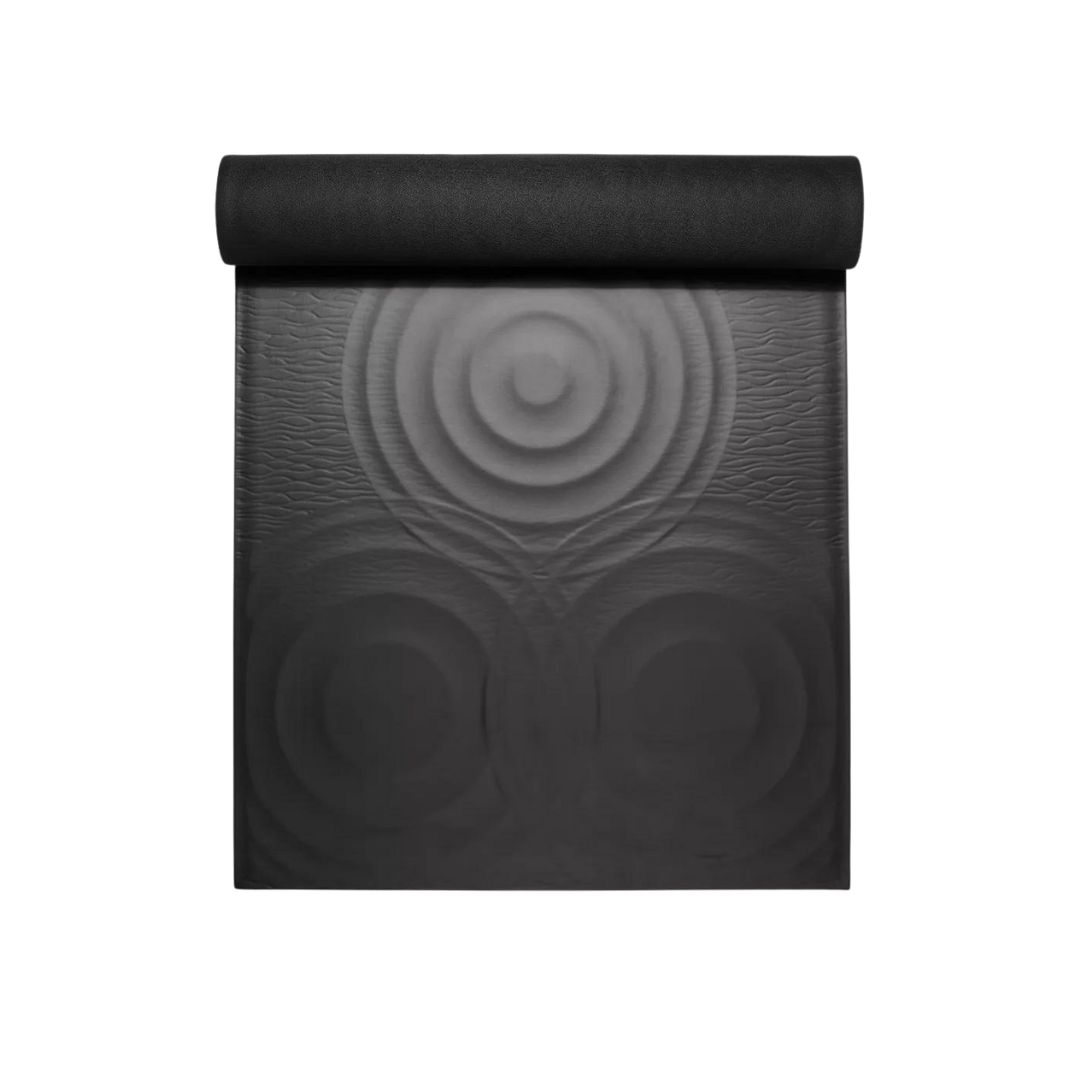
Topping our guide to the best yoga mats is this super popular 5mm-thick mat that comes with a whole load of cushioning, visual alignment cues and moisture absorption. Put it this way: it’s a deliciously padded mat that you won't mind getting out of bed for.

Abbi Henderson is a freelance journalist and social media editor who covers health, fitness, women’s sport and lifestyle for titles including Women's Health and Stylist, among others.
With a desire to help make healthcare, exercise and sport more accessible to women, she writes about everything from the realities of seeking medical support as a woman to those of being a female athlete fighting for equality.
When she’s not working, she’s drinking tea, going on seaside walks, lifting weights, watching football, and probably cooking something pasta-based.
